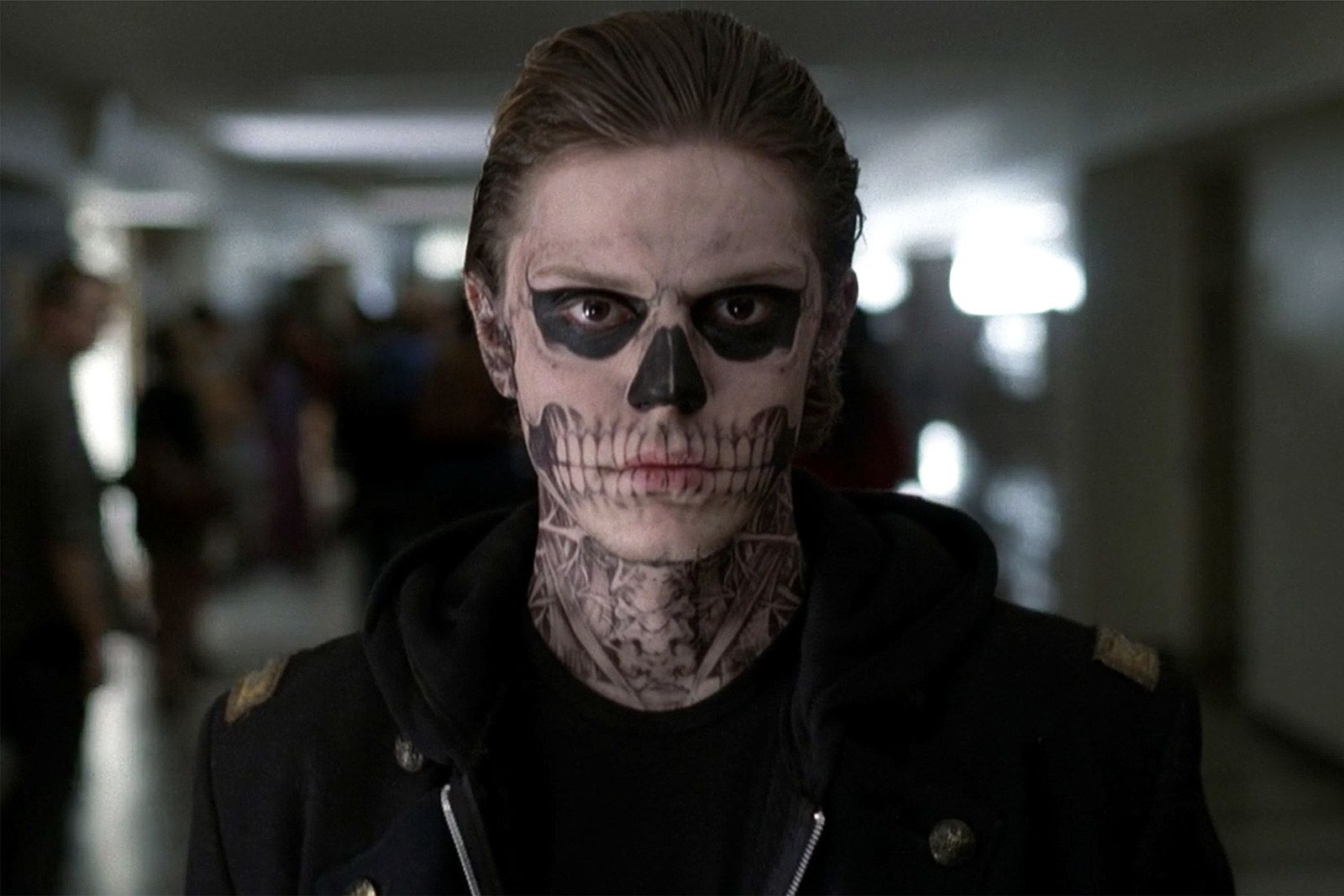
American Horror Story has made an incredible mark on the landscape of television. Not only has it helped make horror an incredibly viable product in the television landscape, but it also made anthologies popular again and helped ignite the whirlwind of similar series that have mimicked its approach. Eight seasons is a lot for any series, but on a show like American Horror Story, that honestly feels more like fifteen. The show crams an incredible amount into each season and even though every year has a centralized theme, that doesn’t mean that plenty of other weird and unusual supernatural relics can’t also come to visit.
American Horror Story’s anthology structure and its tendency to go for broke with its storytelling is a double-edged sword for the show. It can result in some incredibly tense slices of horror, but sometimes, it also just falls on its face. You can never tell what bizarre combination of elements will work, and after the conclusion of one of the series’ most controversial seasons yet, we decided to break down some of the show’s more bizarre storylines and single out both the strongest and the weakest. Accordingly, here are 15 Storylines That Hurt The Show (And 15 That Saved It).
30 Hurt: Hank Foxx, Cordelia’s Husband, And The Delphi Trust (Coven)
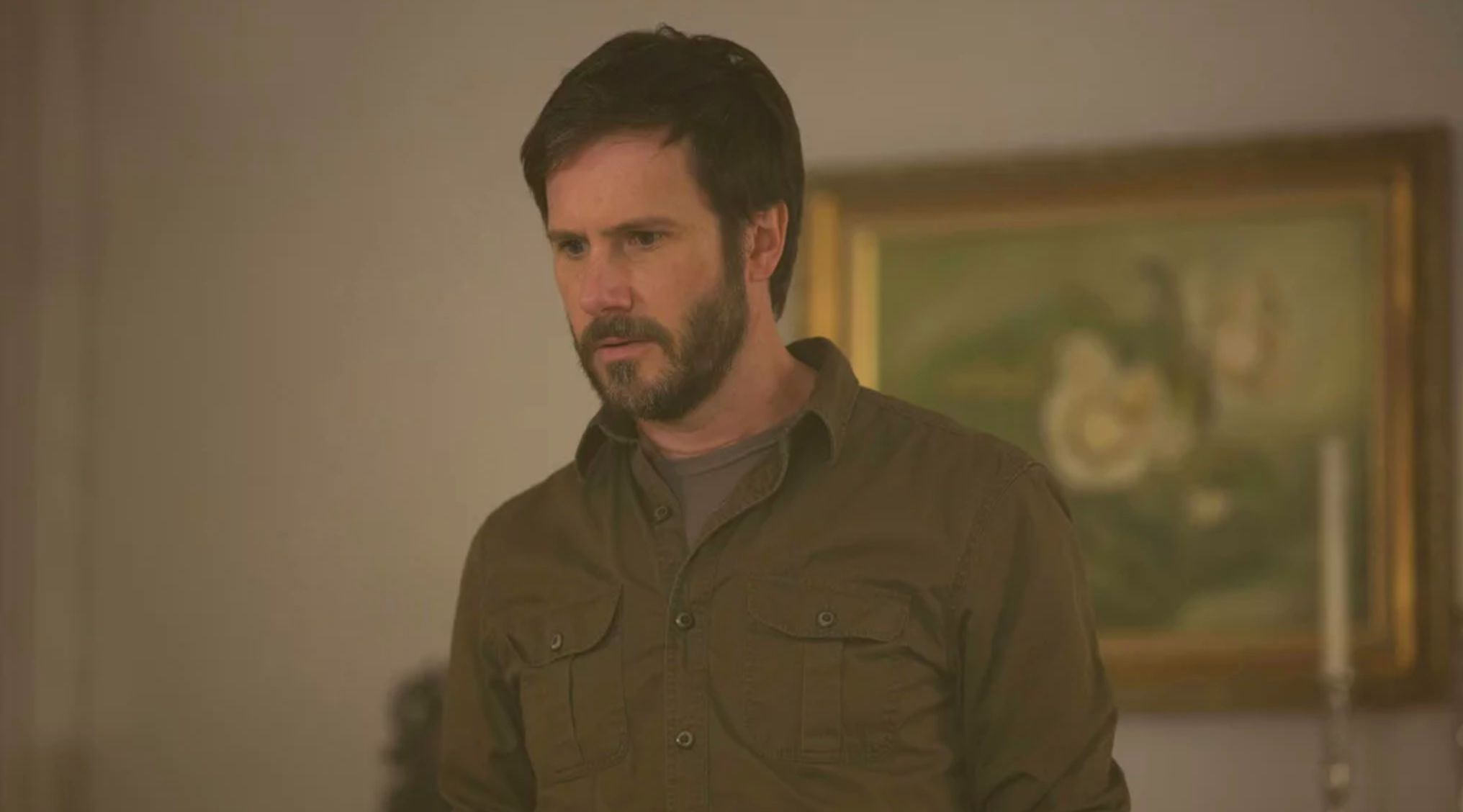
American Horror Story: Coven’s season ended with a manageable amount of characters remaining, but when the year began, there was a lot of extraneous fat to be removed. One character who was a consistent nuisance was Cordelia’s husband, Hank Foxx, who turned out to not only be disloyal to his wife, but he was also a budding witch hunter.
Hank is also a part of an organization known as the Delphi Trust that hunts witches. The Delphi Trust is never acknowledged during AHS: Apocalypse and it seems like it would be a natural fit there, but more than anything, it seems the show wants us to forget about this weak link in Cordelia’s life.
29 Saved: The Aliens (Asylum)
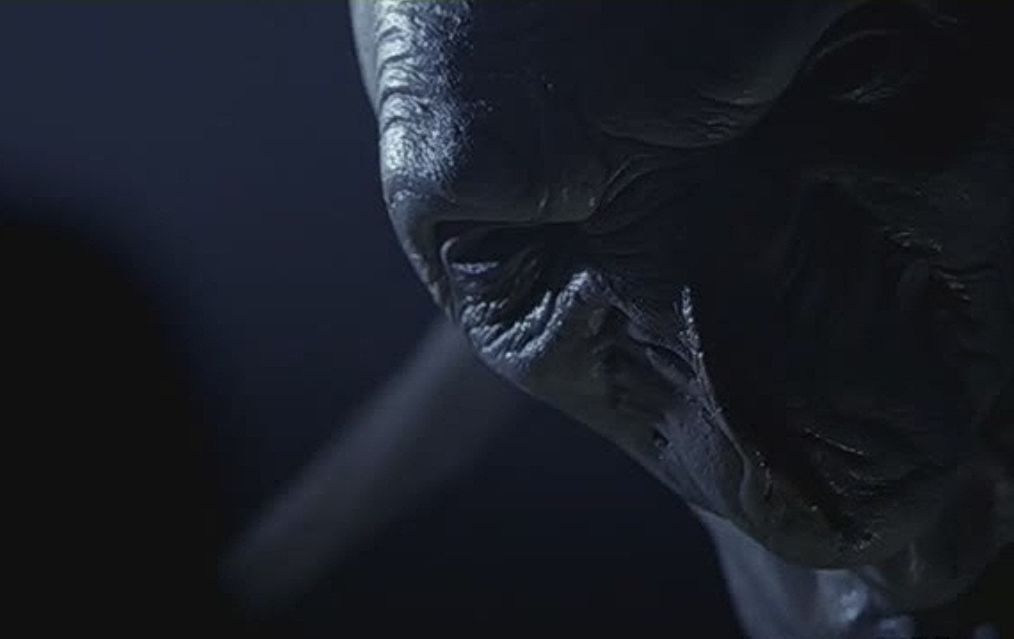
Many people attack the extraterrestrials that drop in during the final hour of American Horror Story: Asylum, but in a season that truly throws everything at the wall, it feels like the perfect conclusion to the horror cocktail that the season serves up. The aliens may be a little gratuitous, but they’re hinted at throughout the season and actually function as an explanation for some of the season’s biggest mysteries.
In a season that has psycho Santas and genetic experiments that run rampant, aliens don’t seem that bizarre in retrospect. If American Horror Story ever decides to tell a larger story that’s centered around aliens, maybe these guys will gain a larger context.
28 Hurt: Queenie’s Relationship With A Minotaur (Coven)
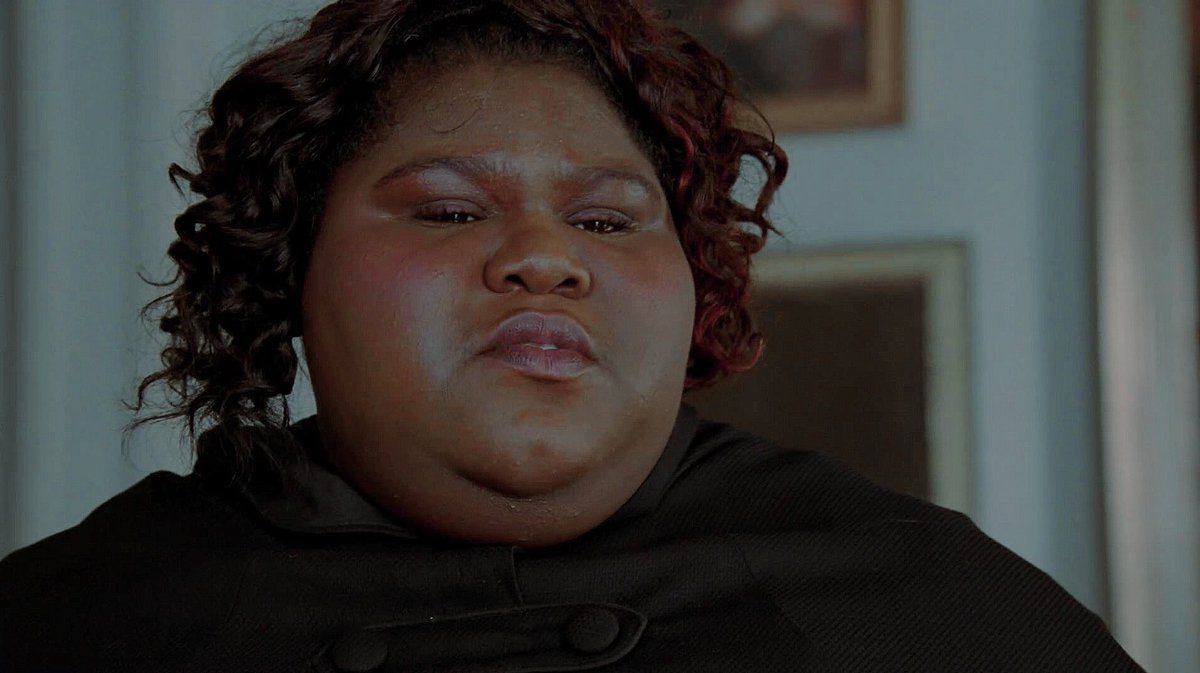
Every season of American Horror Story tries to find some over-the-top monster to tether to the theme of the year. Sometimes, the creature is a perfect fit, and at other times, it’s an uncomfortable element that never really meshes. AHS: Coven introduces a minotaur (who begins as a man named Bastien) into the mix, and while it’s a flashy character that ties back to Marie Laveau in a major way, he never quite comes together.
The most illogical element of Bastien the minotaur is that upon meeting Queenie, the two become involved and have an inexplicable romantic encounter. It never goes anywhere either, which makes the whole thing feel even more sensationalistic.
27 Saved: The Axe-Wielding Sax Man In Coven (Coven)
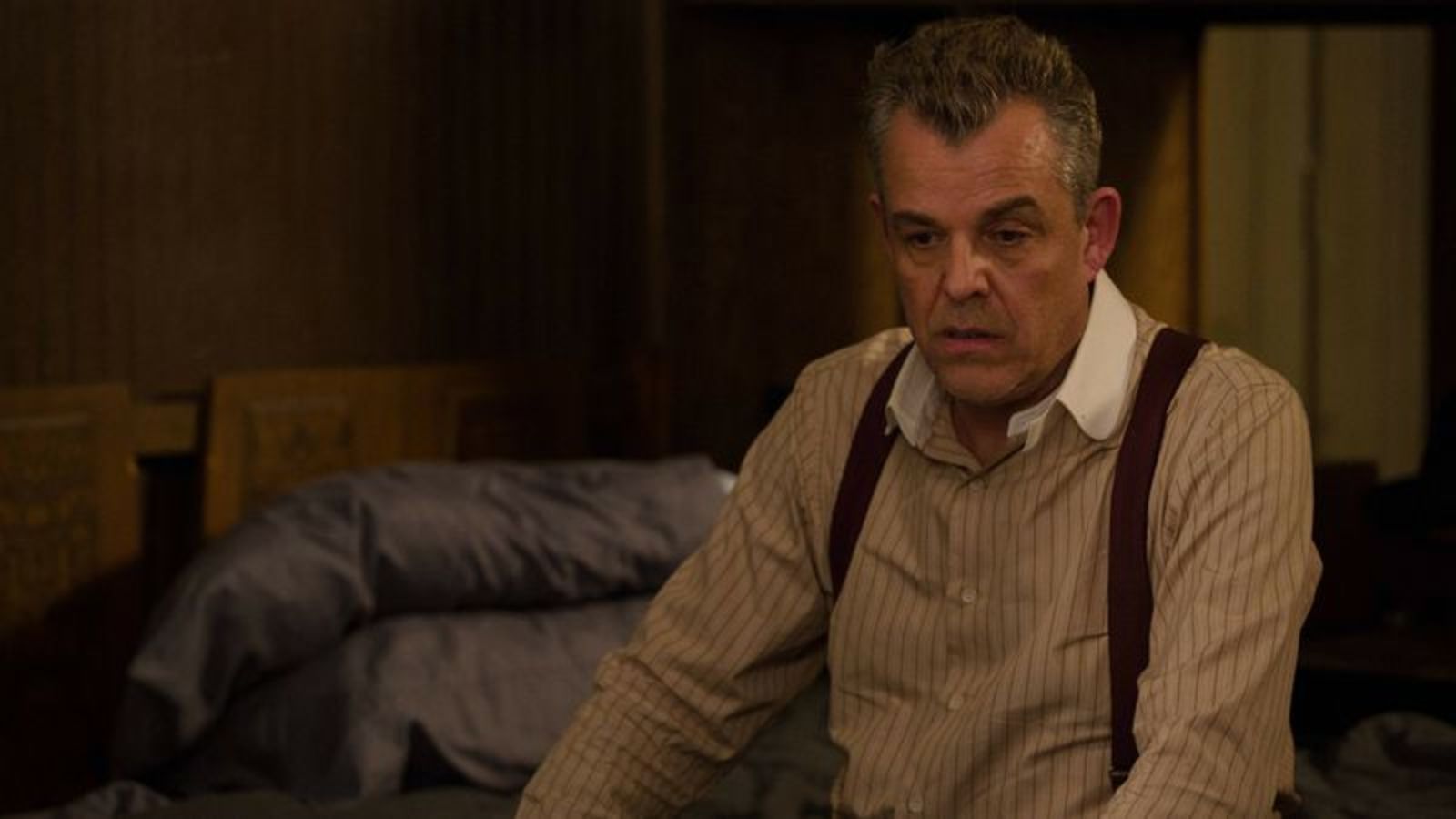
Something that American Horror Story likes to have a lot of fun with is to pull from pieces of real history and appropriate it through the show’s exaggerated lens. AHS: Coven is guilty of this on many fronts when it comes to New Orleans culture, with one of the better examples of this being the Axeman. The Axeman is a vengeful spirit who takes his rage out on anyone who doesn’t follow his demands to play jazz music as appeasement.
He’s a truly twisted person from history and American Horror Story’s take on the lunatic does not disappoint.
26 Hurt: Twisty The Clown (Freak Show)
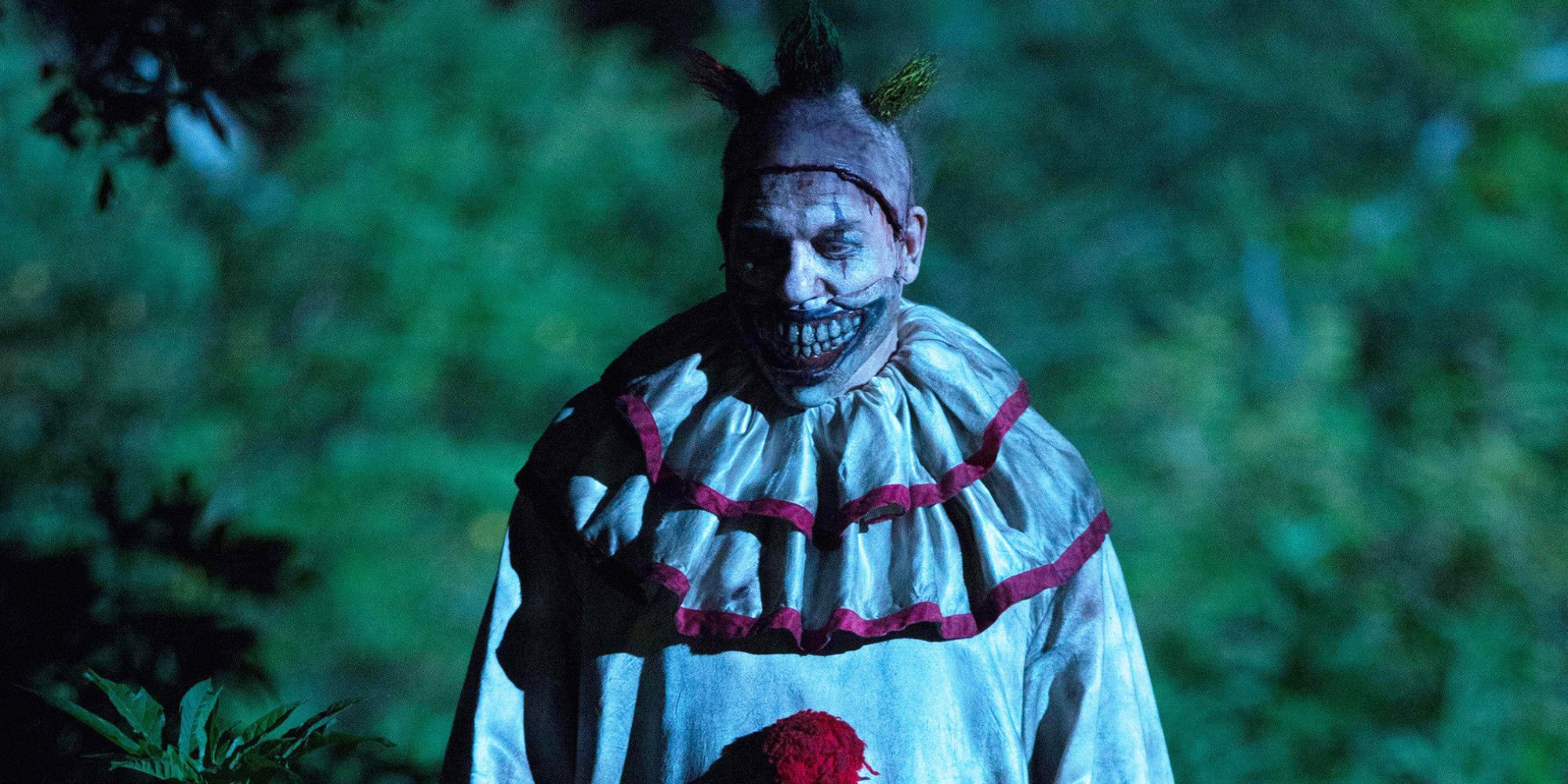
One of the most jarring, notable characters to come out of any season of American Horror Story is Twisty the Clown from the Freak Show year. Twisty is spooky, relentless, and he’s like a combination between Pennywise and a serial attacker. The character gets big points and John Carroll Lynch does a terrific job in the role, but Twisty is largely misused by the series.
Twisty is the major antagonist through the season’s first few episodes, but then he meets his unceremonious end surprisingly quickly, before he can really accomplish anything. Dandy Mott replaces Twisty as the season’s threat and makes the character mostly redundant.
25 Saved: Making The Psychiatrist In Asylum The Weirdest Of Them All (Asylum)

American Horror Story loves to turn expectations on their heads and defy what the audience expects whenever they can. It’s one thing to feed into clichés, but it can be even more effective when you put your own smart spin on it. AHS: Asylum tries to get in their audience’s head with the reveal that the asylum’s trusted psychiatrist, Dr. Oliver Thredson, is perhaps the most insane individual of all.
There’s a lot wrong with the individuals within the asylum, but this twist works particularly well as it put everyone’s health at risk. Plus, it’s a lot of fun to watch Zachary Quinto go off the rails.
24 Hurt: The Pig Boys (Roanoke)
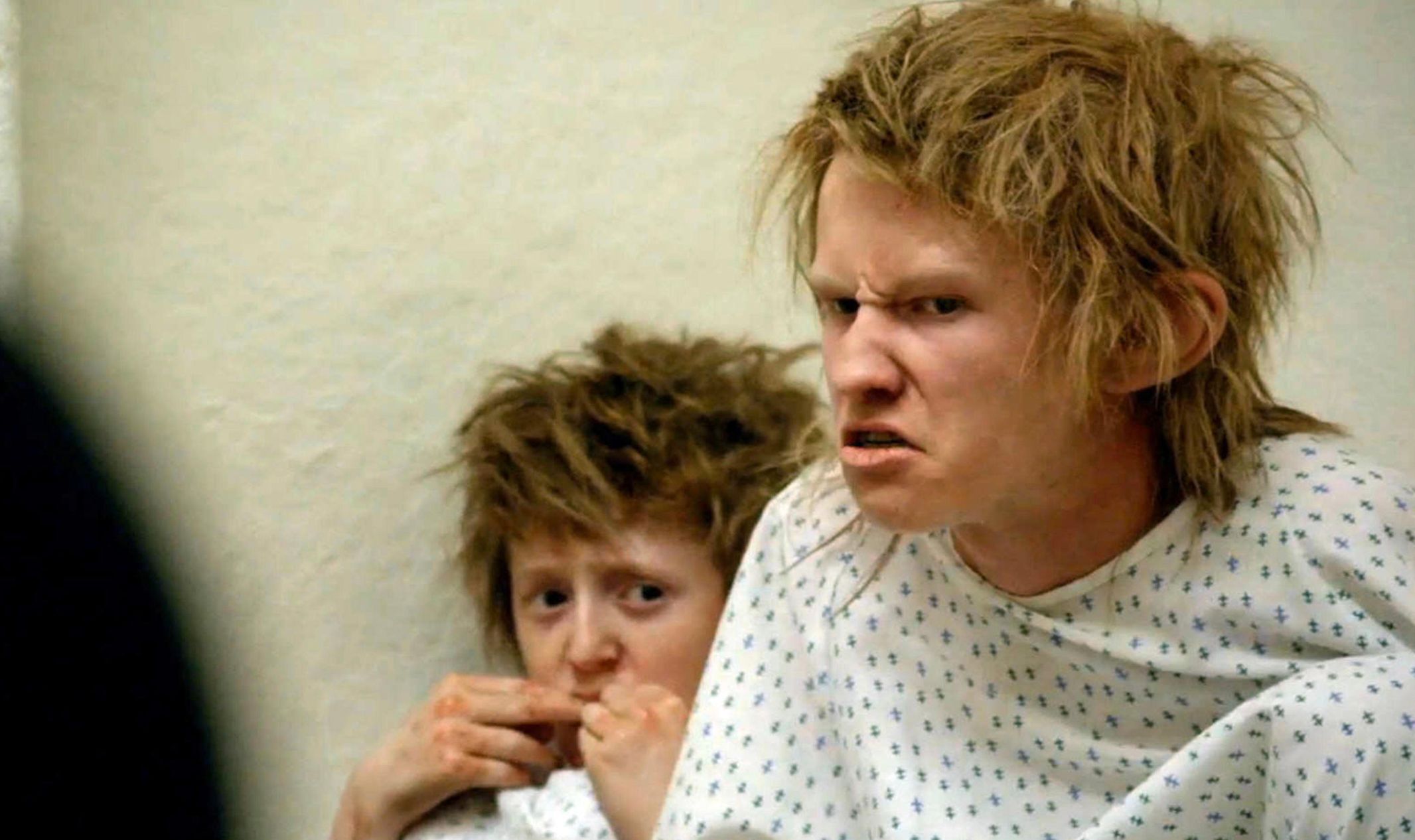
American Horror Story sometimes throws so much at the audience that it can even forget about a few of the balls it has in the air. American Horror Story: Roanoke makes for a very ambitious year for the show, but it still features plenty of pointless slices of weirdness that don’t go anywhere and the Pig Boys are a great example.
The season features two deranged, malnourished boys who only know the word “Croatoan.” Sure, this is mighty weird, but none of this gets explained, nor are there any answers behind what the Polk family was doing here.
23 Saved: Ally Mayfair-Richards’ Growth Into Confident Leader (Cult)
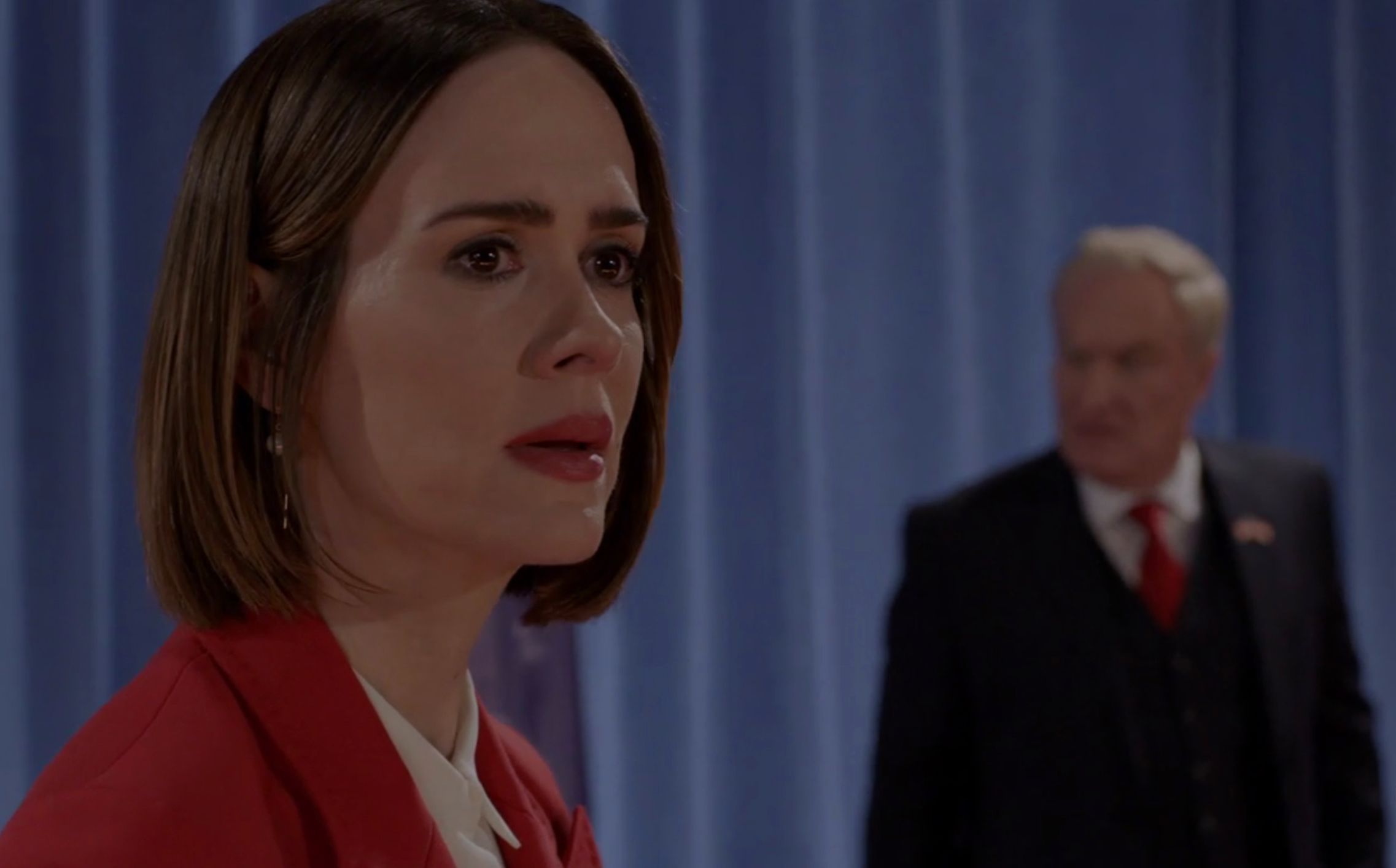
The beginning of American Horror Story: Cult is particularly difficult to watch at times for how much of a punching bag it makes Ally Mayfair-Richards. She has a wealth of phobias and they not only all come into play, but the community systematically targets her as she slowly loses her family in the process.
Ally goes through a lot, but it’s this pain that turns her into the force of nature that takes Kai down and she emerges on top by the end of everything. She’s been turned into a powerful individual and it makes her difficult journey worth it.
22 Hurt: Scathach, The Mythical First Supreme, And Her Motives (Roanoke)
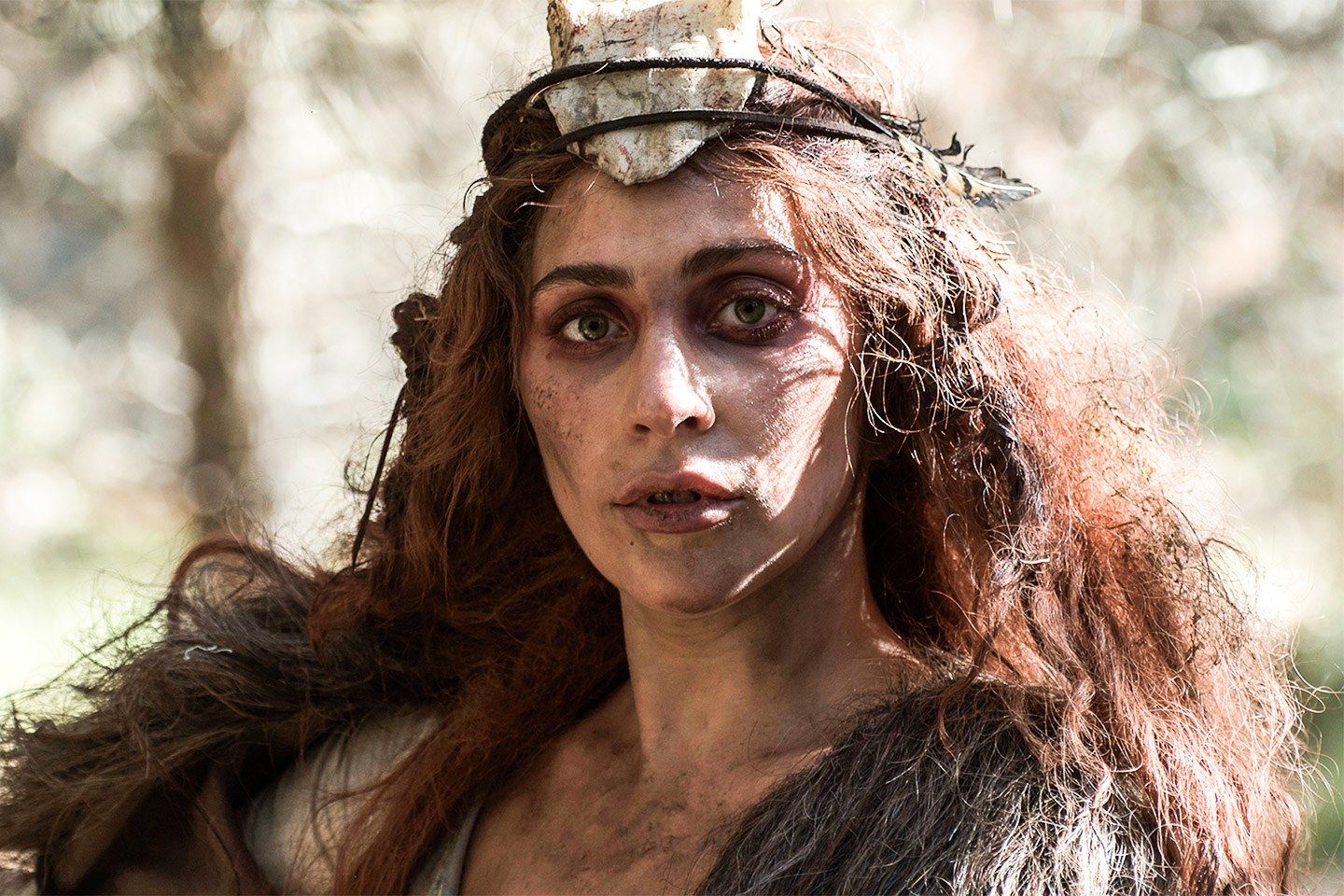
It’s always nice when American Horror Story can embrace its connected nature and attempt to tie elements together across seasons. AHS: Coven speaks of Scathach, an immortal being who’s apparently the first Supreme. Amidst all of the backwoods weirdness that takes place in AHS: Roanoke, the series decides to actually bring Scathach into play, too.
Scathach causes some magical mischief and plays around with people’s souls, but her presence really just feels like a reason to bring Lady Gaga back into the mix after her role in AHS: Hotel. Scathach’s appearance never goes anywhere and it raises more questions than it’s worth. The character’s appearance is appreciated, but she just disappears.
21 Saved: Elsa Mars' Closure In The Afterlife (Freak Show)
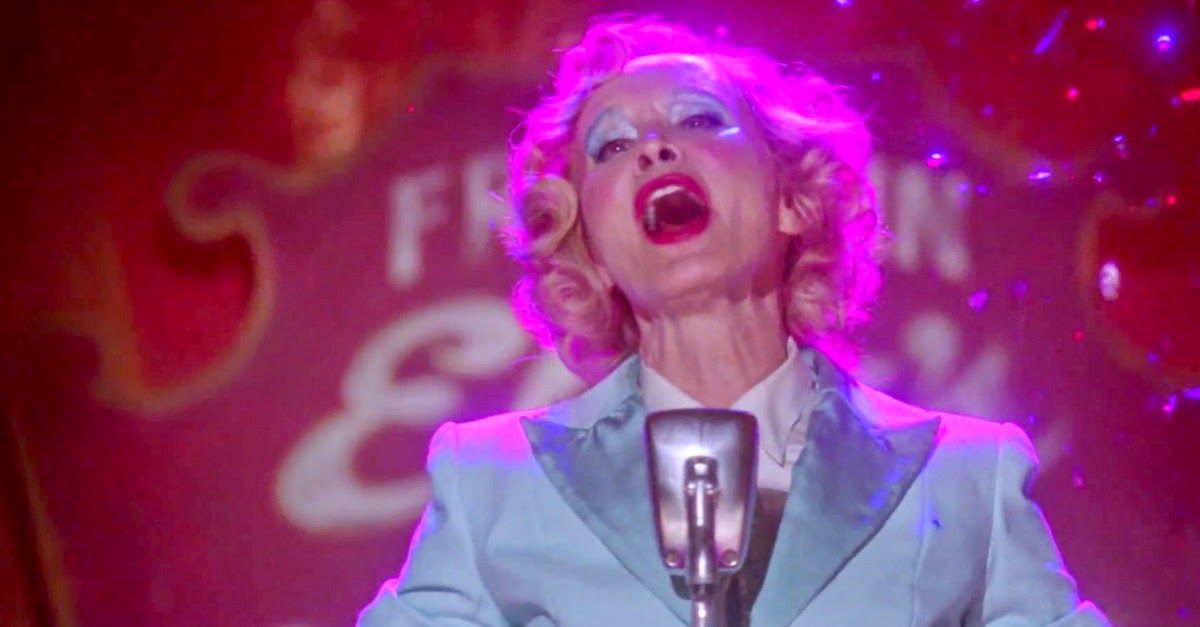
Jessica Lange’s final season as a series regular on American Horror Story was AHS: Freak Show and she definitely goes out in style. It’s not only a fitting end for Elsa Mars, her character from that season, but also for the actress’ memorable tenure on the series.
Elsa Mars takes advantage of many people in her “family,” but the season establishes how much pain it’s caused her. She’s truly sorry for the things she’s done to get by in life and when she reaches the afterlife, she’s finally allowed forgiveness. It’s a beautiful gesture that allows a character that was occasionally wicked to get some peace.
20 Hurt: Hayden McClaine And Her Pregnancy With Ben Harmon (Murder House)
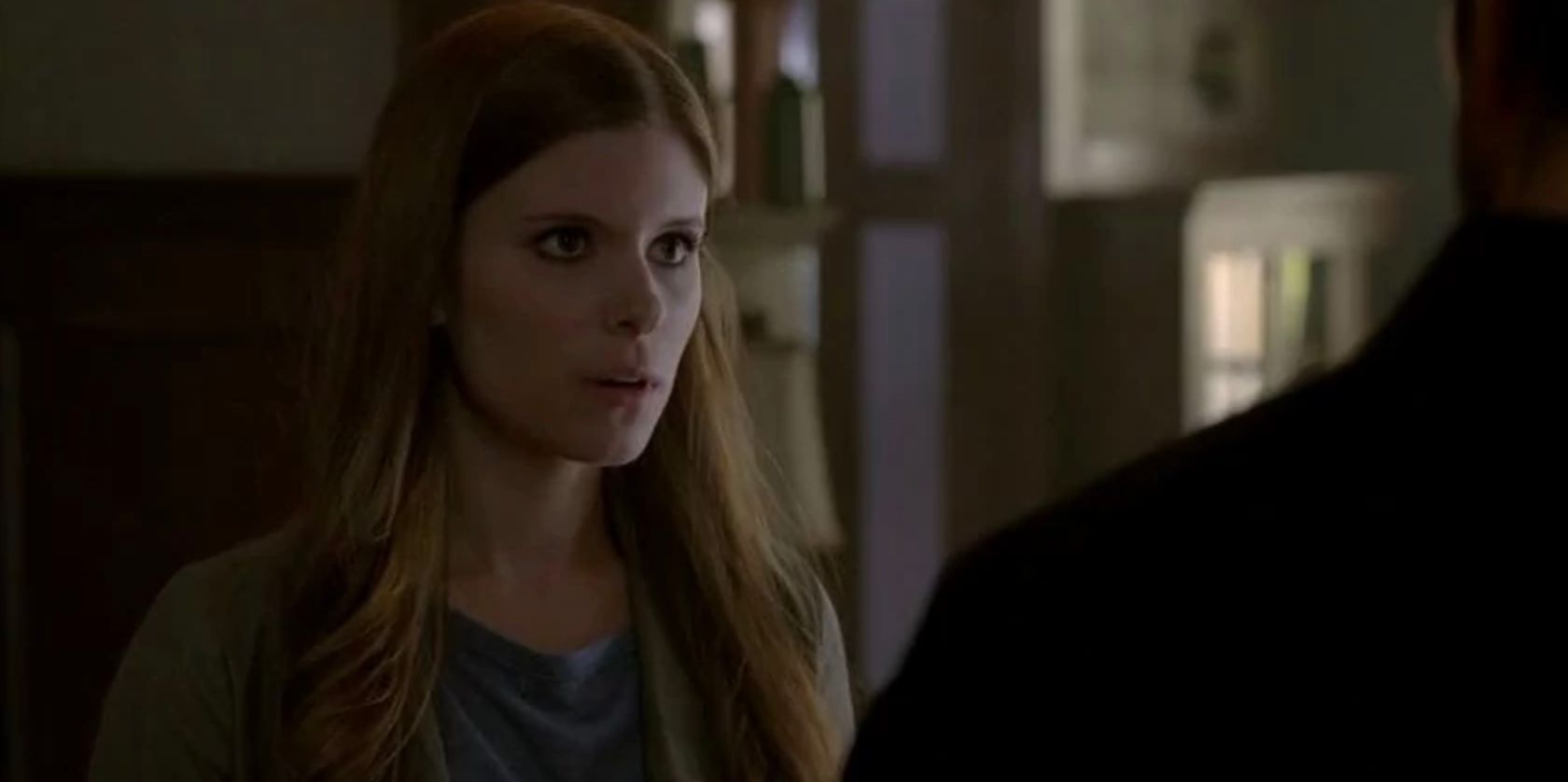
Each season of American Horror Story involves so many plot elements and characters that it’s easy to lose track of some of the things that happen at the beginning of each season. A major element at the start of AHS: Murder House is that Ben Harmon gets involved with Kate Mara’s Hayden McClaine and gets her pregnant. It doesn’t take long for Hayden to get offed, but her ghost isn’t pregnant, and she becomes an increasingly less prominent element.
Hayden doesn’t even appear with the cavalcade of spirits that return in AHS: Apocalypse, which makes it really feel like her whole story just gets forgotten.
19 Saved: Moira’s Soul Finally Getting Peace (Apocalypse)
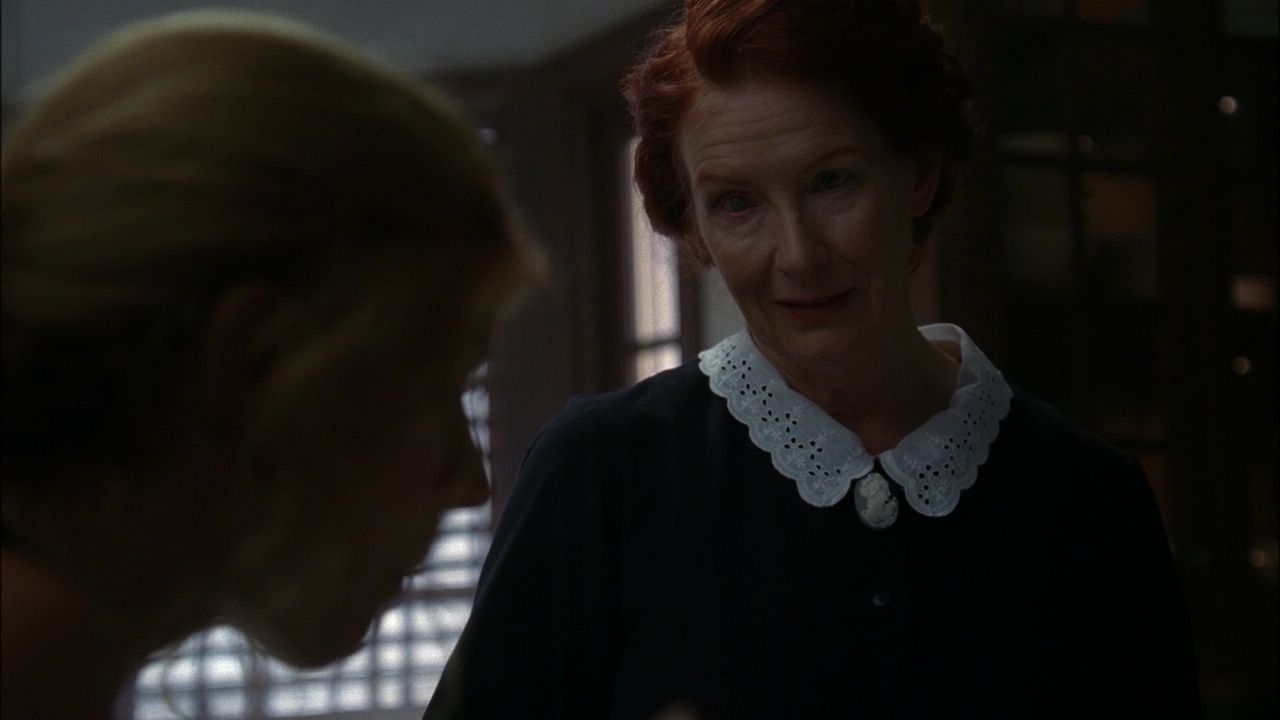
When American Horror Story: Apocalypse returns to the infamous Murder House from the show’s first season, the episode allows for many characters who haven’t been seen in a long time to finally get some closure. The episode has its own objective to move the season’s story along, but it brings characters like Moira O’Hara back in a beautiful way.
Moira has often been at the brunt of Constance Langdon’s disdain, but Madison and Behold allow her the opportunity to happily move on. It’s a move that’s billed as a consequence, but it’s something that Moira has longed for.
18 Hurt: Ally Mayfair-Richards’ Relationship With Ivy And Her Kid’s Babysitter (Cult)
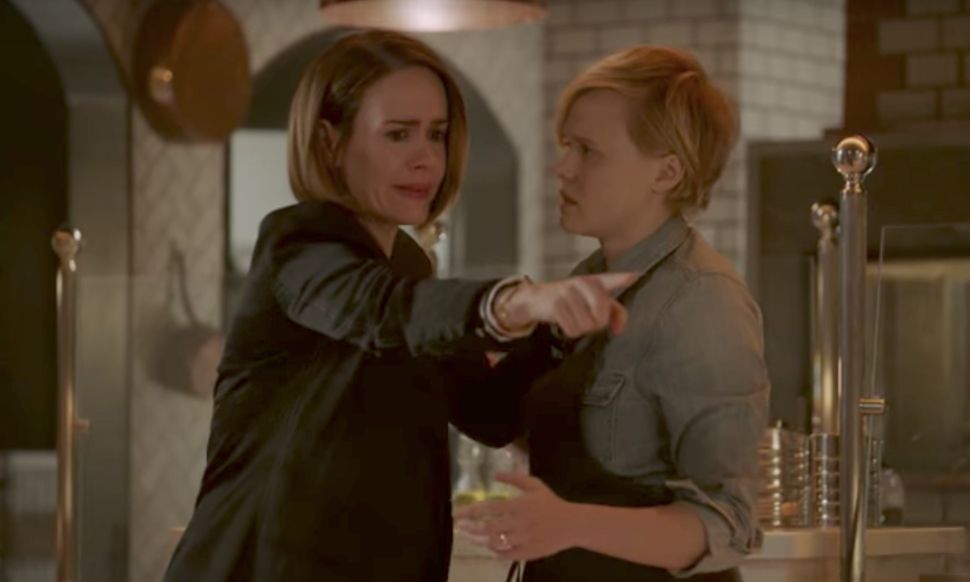
American Horror Story: Cult seems to be a love it or hate it year for the series. It’s a season that does a whole lot of manipulation and psychological mistreatment of its characters, and while some of it works, other examples feel quite exploitative. Sarah Paulson’s Ally Mayfair-Richards is the moral center to AHS: Cult, but as the year goes on, she loses her support system in her wife and child.
The arguments between Ally and Ivy are flimsy, and Ivy’s reason for joining Kai’s group and taking down her wife is even more illogical. Sometimes, a surprise double-crossing can work well, but here, it’s just going too far without doing the proper work.
17 Saved: Papa Legba, The Gatekeeper Of The Spirit World (Coven, Apocalypse)
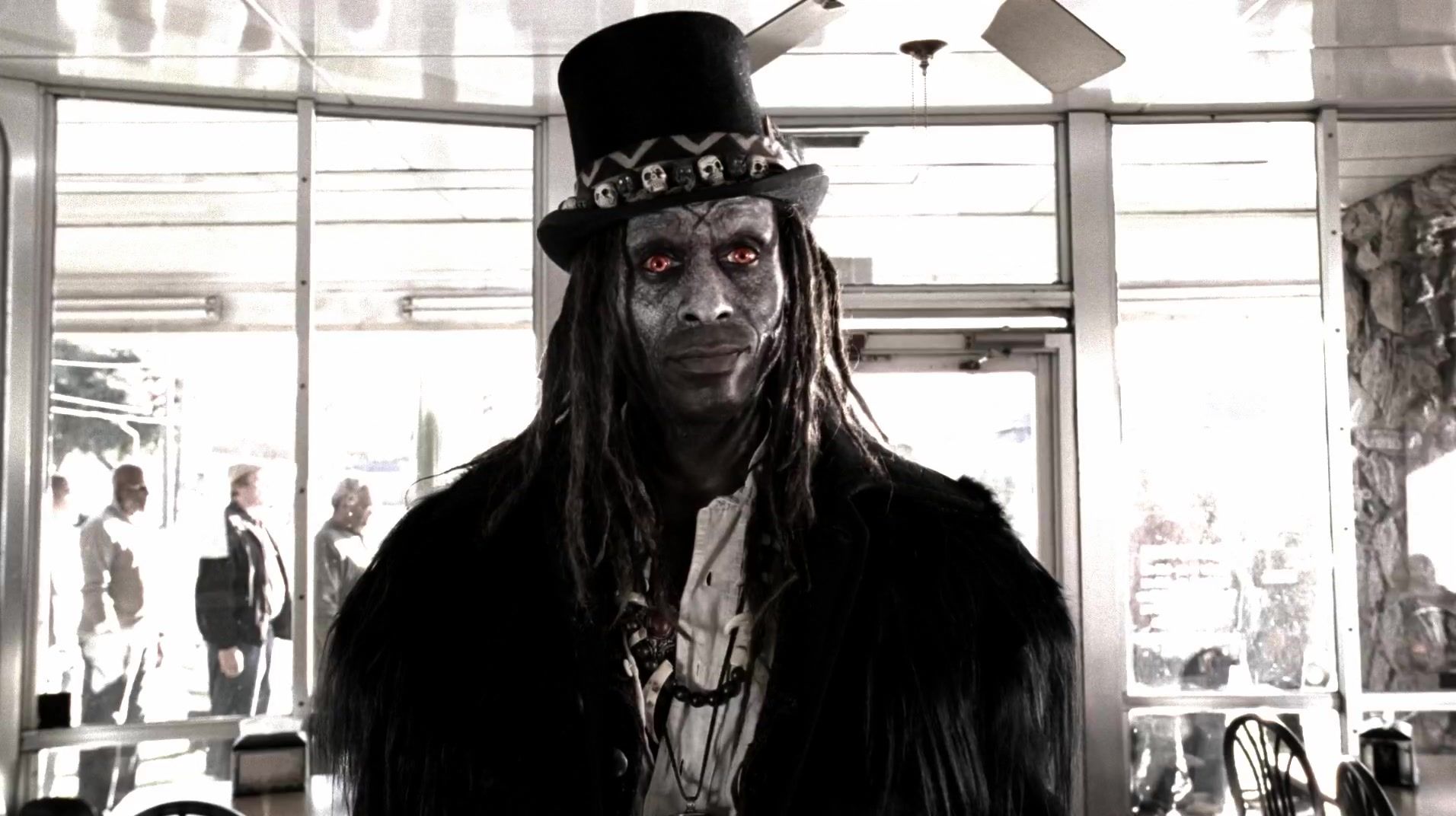
American Horror Story is at its happiest when it gets to pull from obscure corners of culture in order to execute some of its ideas. The series has played with the afterlife, immortal individuals, and the entities that guard the gates of the living and the deceased. Out of all of these individuals, Papa Legba remains one of the series’ most fascinating.
Legba is the Gatekeeper of the Spirit World and deals in souls. He operates with a very Lucifer-like demeanor, but he seems to be a lot spookier than the conventional devil. He’s even turned into a welcoming presence in the series when more serious matters come up.
16 Hurt: Kyle Spencer And His Frankenstein’s Monster Metamorphosis (Coven)
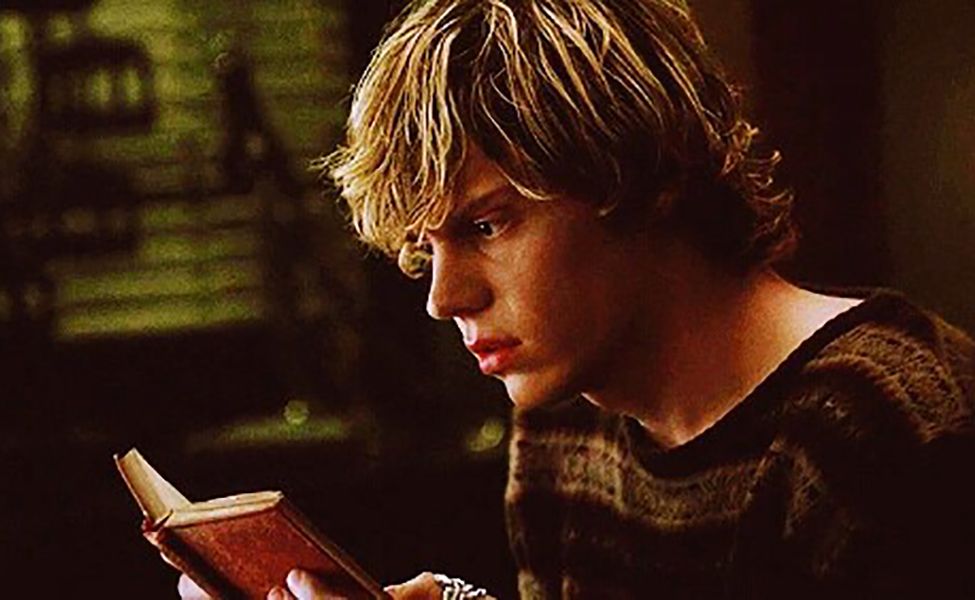
Evan Peters has been featured in every story of American Horror Story, and even though a lot of his roles are winners, he still sometimes ends up with a dud. Peters’ character in AHS: Coven is the problematic Kyle Spencer, who could perhaps give Tate a run for his money in the bad guy department. The shallow, but attractive, heartthrob meets his end surprisingly early in the season, which leads to Zoe and Madison to work some magic in order to bring him back.
Their deal with Azazel, Lord of the Underworld, never comes up again, but Kyle also doesn’t get mentioned in AHS: Apocalypse, which makes him feel even less essential in retrospect.
15 Saved: The Countess And Her Lengthy History (Hotel)
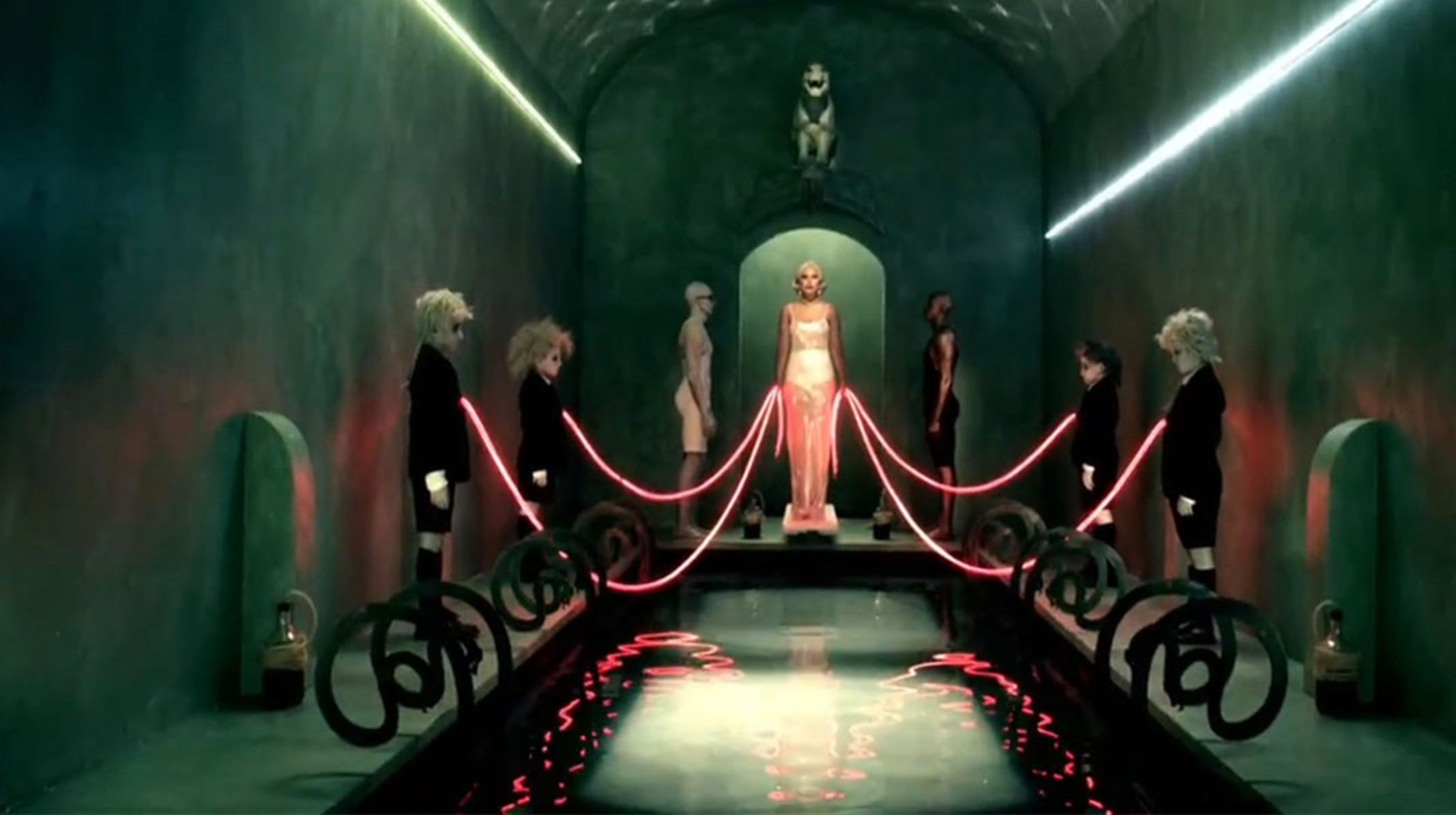
American Horror Story: Hotel is notable for a number of things, but one of the biggest changes in that season is that it marks Jessica Lange’s departure from the show and ushers in Lady Gaga as the new lead. Lady Gaga fits perfectly as the vampiric manipulator that resides within the Hotel Cortez.
The Countess makes the present a rather miserable time for everyone who’s checked into the building, but the series is smart to also highlight moments from the Countess’ long life. It’s fascinating to see exactly what the character’s been through and how she got to this point. It’s a lot better than keeping this villain a mystery.
14 Hurt: The Valerie Solanas Reveal (Cult)
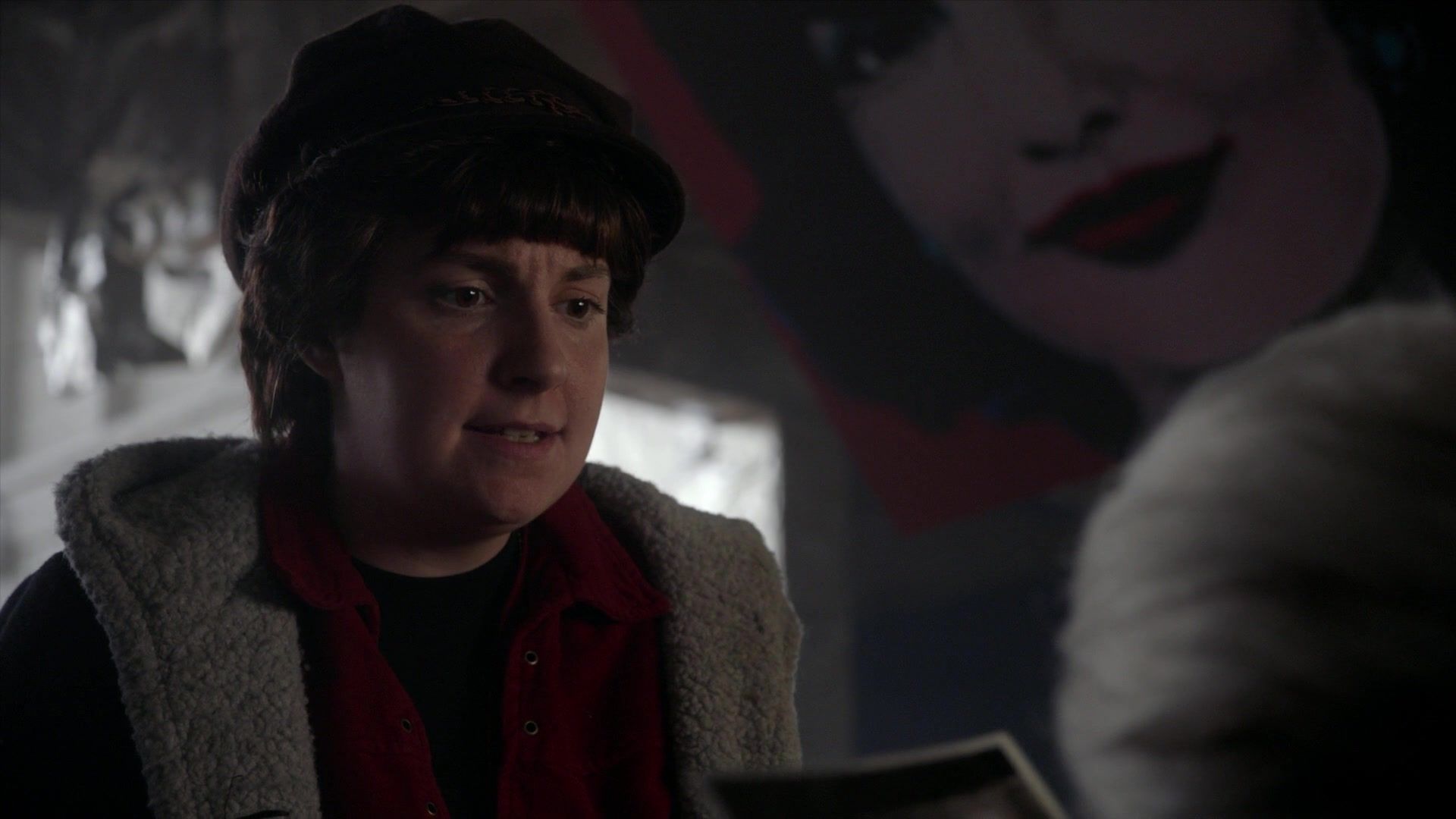
One of the more interesting detours that were taken in American Horror Story: Cult is how the series flashed back to famous groups throughout history to highlight the similarities between what was currently happening with Kai and his followers. American Horror Story usually gets pretty tongue-in-cheek when it plays with actual history and that’s no exception here.
One of the biggest swings that the season makes is that Lena Dunham’s Valerie Solanas is, in fact, one of history's most famous attackers. It’s such a brash claim that is made so casually, and while it’s an entertaining idea to some degree, it feels like it’s there for surprise value more than anything else. It doesn’t mesh.
13 Saved: The War Between Magic And Voodoo (Coven)

One of the smarter decisions that American Horror Story: Coven makes is to introduce more than one type of “magic.” There’s the standard magic that the witches at the Robichaux Academy possess, but then there’s also the voodoo magic that Marie Laveau and her followers control. The season decides to play these two styles of magic like a turf war and it’s an angle that works for the supernatural material.
AHS: Coven puts strong players on each side of this war and it doesn’t provide an end to the feud. In AHS: Apocalypse, this rivalry is still very much alive.
12 Hurt: Kai’s Influence Of Ally’s Kid, Oz (Cult)
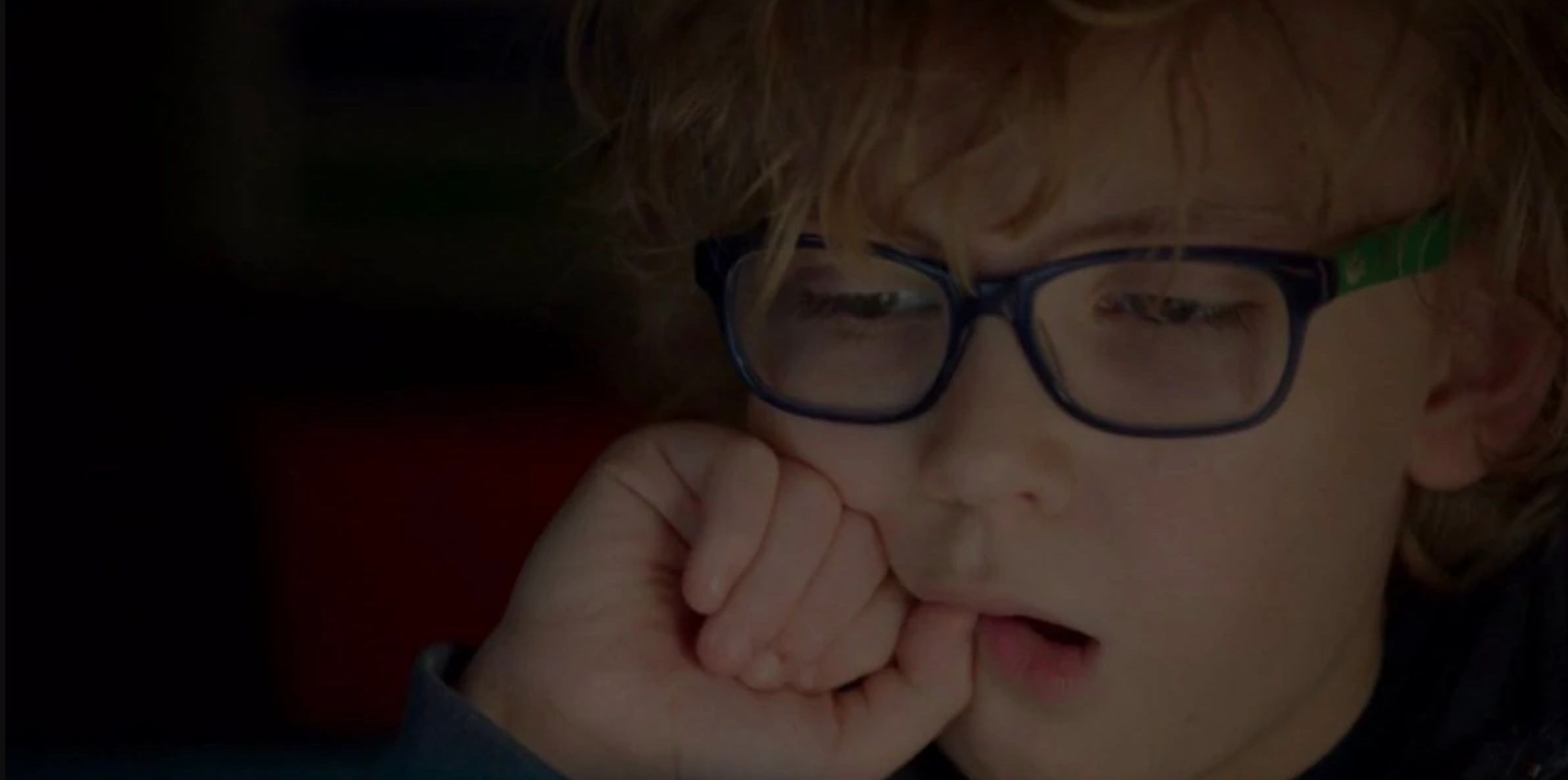
One of the reasons that American Horror Story: Cult is such an intense experience is the many ways in which Kai and his forces get under Ally’s skin. It’s one thing for Kai to influence Ally’s wife, but it’s too much when he uses Winter to start to manipulate her defenseless son, Oz. Winter babysits Oz and she uses these trusted sessions to warp the child’s mind by showing him extremely graphic content to desensitize him. What’s even worse is that Ally has no idea that she can’t trust her kid with this person.
AHS: Cult is harsh for a lot of reasons, but this is one storyline that pushes things too far.
11 Saved: Transforming The Hotel Cortez
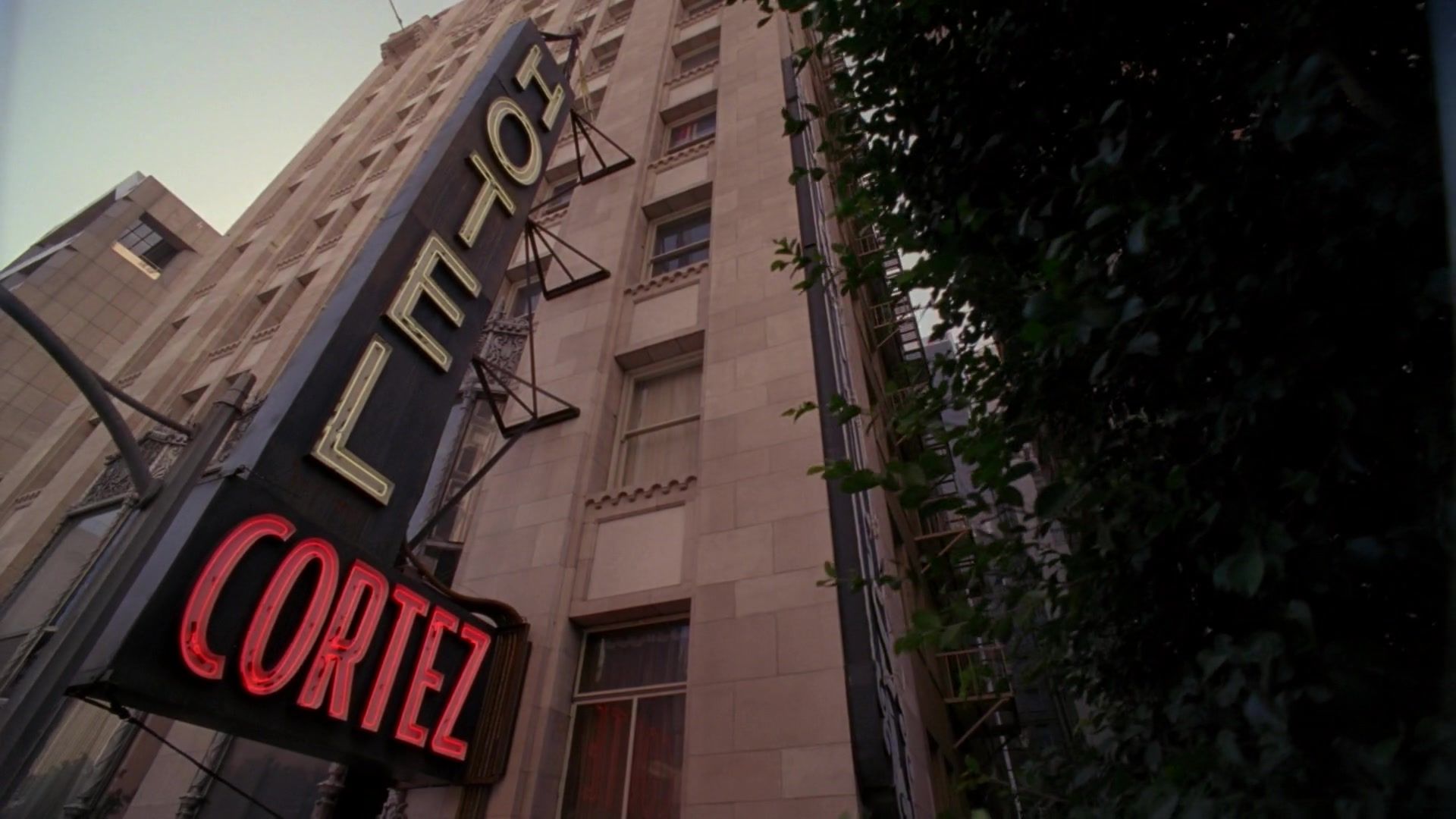
For the longest time, Ryan Murphy has said that American Horror Story was a true anthology in the sense that none of the seasons were connected. Clearly, that plan changed through the years and there have been outright crossovers between seasons, but even before the show was indulging in such a blatant way, it was still crossing over in more subtle ways.
AHS: Hotel reveals that the prison-like Hotel Cortez actually operates on the same restrictive principles that the Murder House from the first season does. If this wasn’t enough, Queenie from AHS: Coven also pays a visit in a much more obvious tie-in.
10 Hurt: Detective John Lowe’s Missing Kid (Hotel)
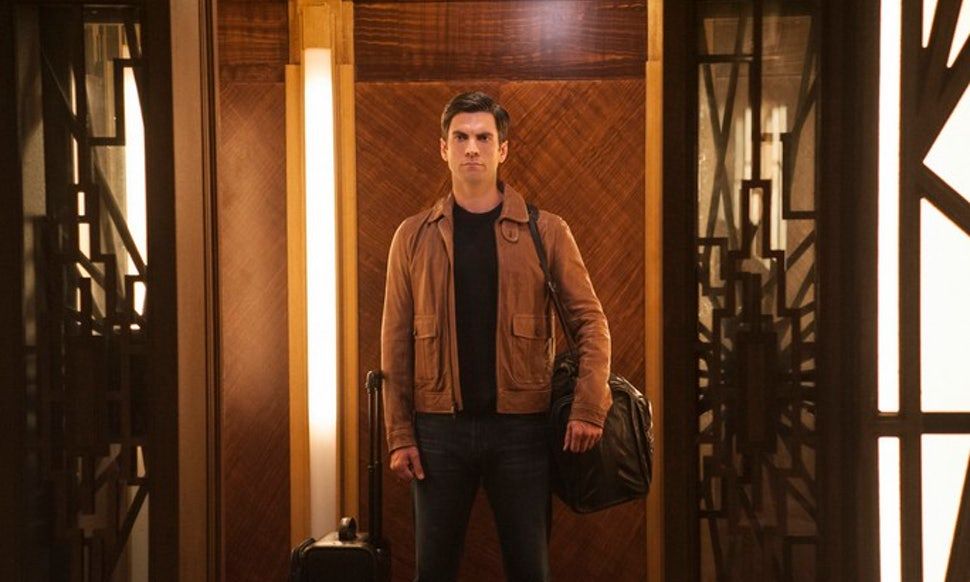
One of the major centerpieces around American Horror Story: Hotel was John Lowe’s search for his son, who he thought was somewhere within the walls of the Cortez. A storyline that’s given such focus really needs to stick the landing, but unfortunately, John Lowe’s search became one of the most hackneyed and regrettable elements of AHS: Hotel.
AHS: Hotel kind of runs through every cliché in the book with John Lowe, and it leaves the audience exhausted to the point that they don’t even care what the answer is anymore. There’s enough going on in AHS: Hotel that this detective didn’t need to become such an obvious stereotype on top of everything else.
9 Saved: The Return Of Michael Langdon (Apocalypse)
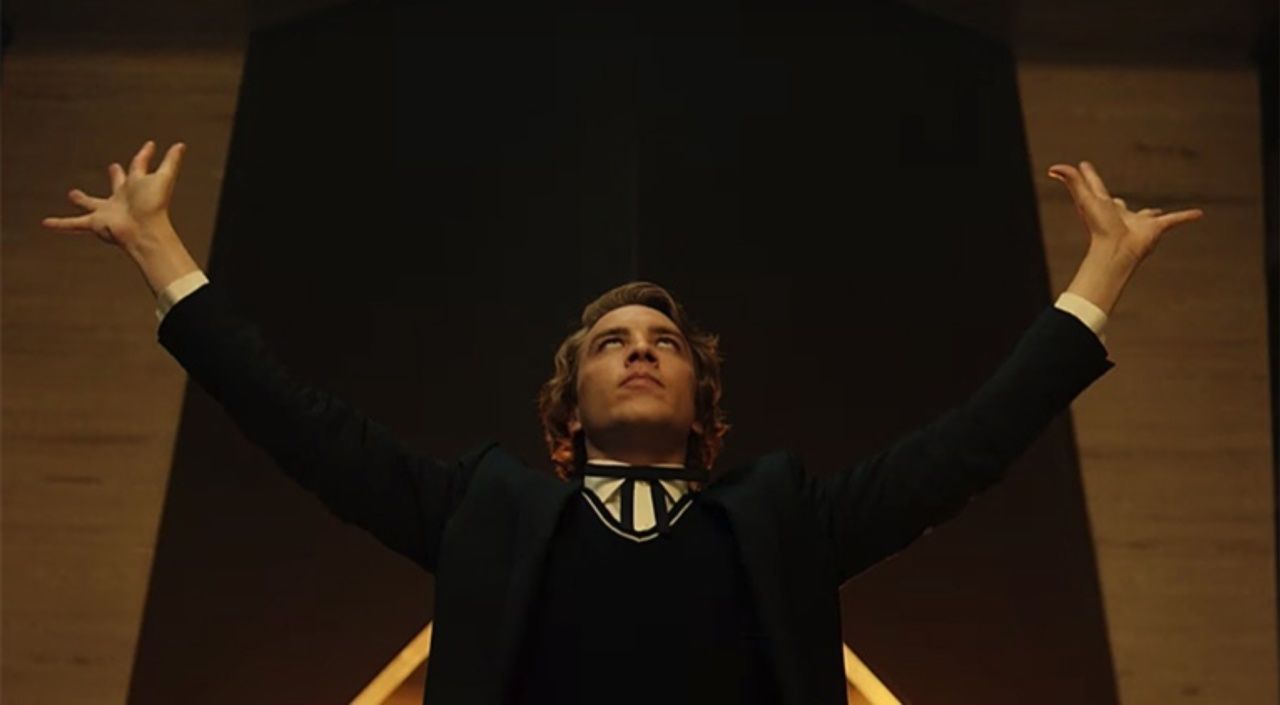
Fans were rather surprised after the conclusion of the show’s first season, AHS: Murder House, teases the birth of the Antichrist and an apocalypse afoot, only for the next year to focus on an entirely different story. The anthology approach has obviously worked out very well for the series, but fans were finally able to get some sweet closure when American Horror Story: Apocalypse finally returns to that specific baby, only this time, he’s all grown up.
AHS: Apocalypse may have its faults, but it’s still very satisfying to get a follow through on this plot thread and see the apocalypse prophecy start to play out.
8 Hurt: The Dinner Party Of America's Biggest Monsters (Hotel)
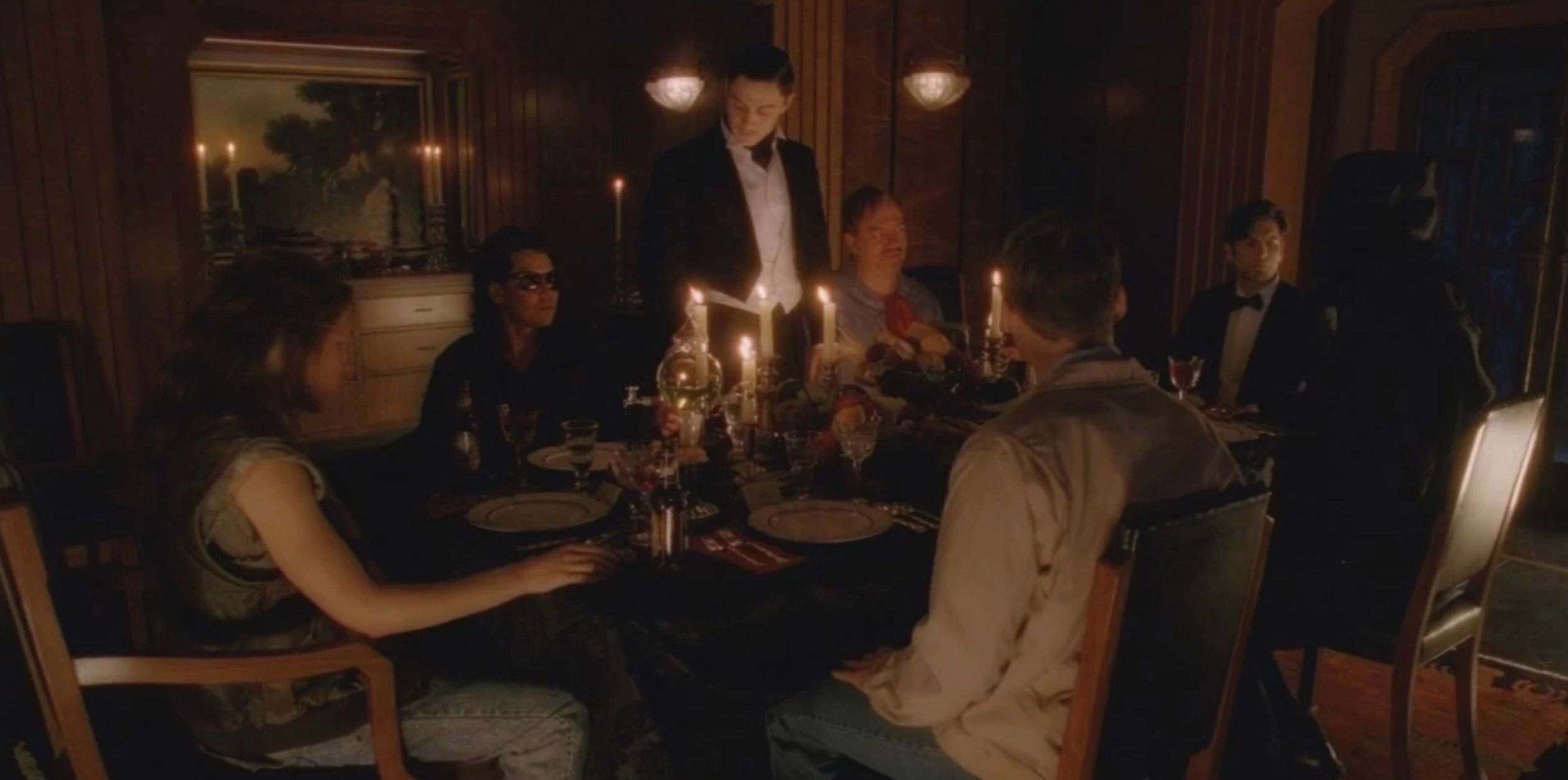
Let’s be clear here: this idea is absolutely awesome and perhaps the coolest scene in all of American Horror Story: Hotel, but from a logistics standpoint, it’s a complete travesty.
In the episode, “Devil’s Night,” Mr. March throws the dinner party to end all dinner parties and it just so happens to feature the likes of Aileen Wuornos, Jeffrey Dahmer, John Wayne Gacy, and Richard Ramirez. It’s bonkers to see all of these notorious individuals hang out together, but it doesn’t exactly make sense. Does March throw this party every year? And it’s hard to believe that they’d all want to attend.
7 Saved: Dandy Mott’s Evolution (Freak Show)
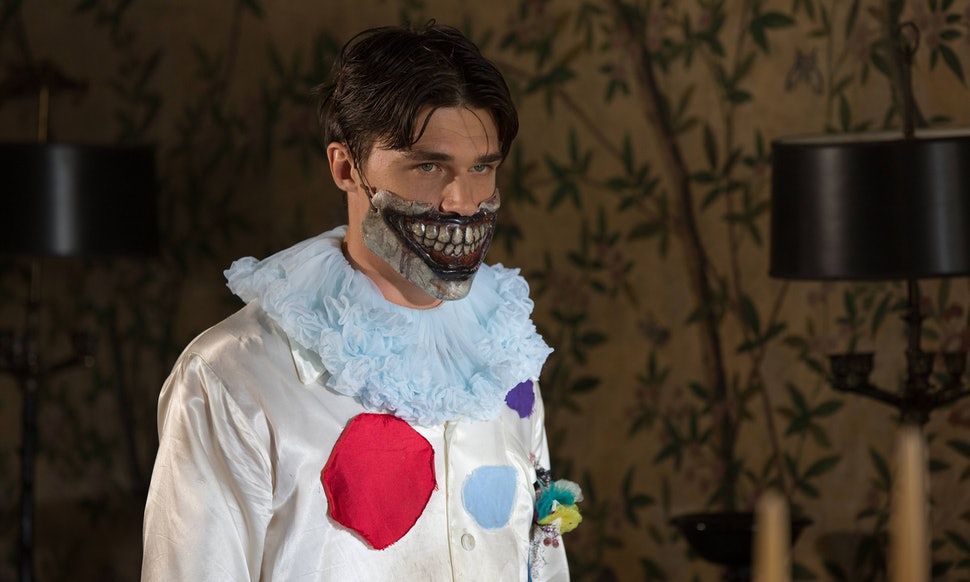
There are a lot of memorable performances from the run of American Horror Story, but Finn Wittrock makes an especially strong impression with his turn as Dandy Mott in American Horror Story: Freak Show. This is a season that has spooky clowns, a two-headed woman, and a man with lobster claws, but Dandy is by far the most worrisome thing from the season.
What’s so incredible about Dandy’s turn to the dark side is that he stumbles into it so casually and then it just consumes him. It’s an unflinching look at the birth of a maniac and it even puts something like American Psycho to shame in the process.
6 Hurt: Mutt And Jeff Are Michael’s Puppet Masters (Apocalypse)
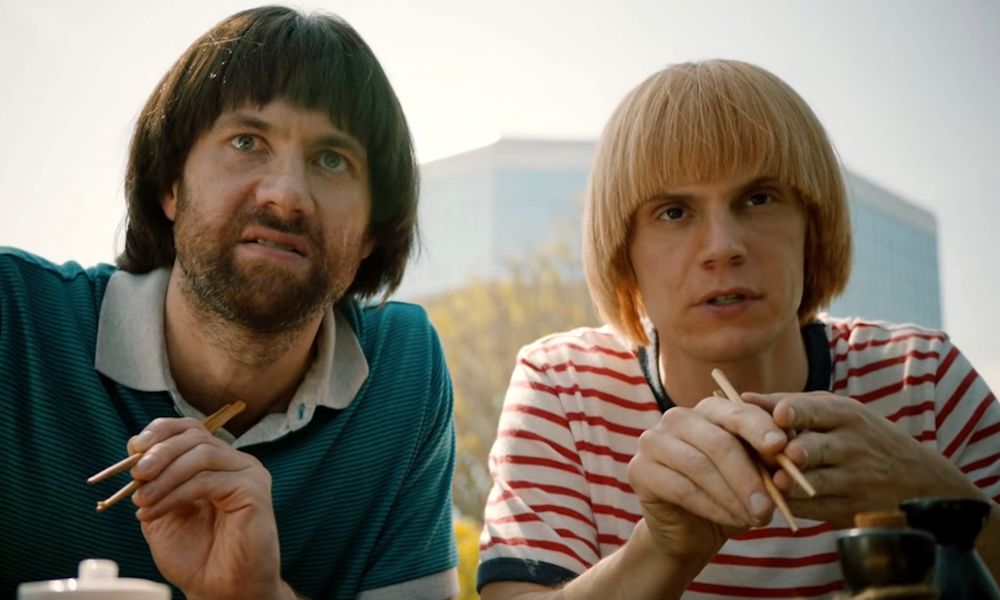
The most recent season of American Horror Story really played with its audience’s expectations in terms of where its story went and what characters were ultimately important. Two of the more bizarre characters that showed up were Mutt and Jeff, two robotics experts that were played by Evan Peters and Billy Eichner, who already had very full dance cards that season.
It’s one thing for these washouts to guide and help Michael on his mission, but the fact that they turn him into their puppet, and more or less ignite the end of the world, is a little unreasonable. Why take away some of his power like that?
5 Saved: Ditching The Supernatural Angle (Cult)

American Horror Story has sought out many unexpected wells of horror for its thematic focus each season. It has turned to some rather bold topics, which is why it’s almost more surprising when the series announced that for their seventh season, American Horror Story: Cult, there would be no supernatural element, and instead, the year would pull from the “horror” of real-life events.
AHS: Cult wasn’t for everyone, but its presentation of how spooky real people can be and the dangers of what happens when they’re in power was arguably one of the more effective experiments the show has ever done. There’s something powerful about how human beings are more worrisome than any monster.
4 Hurt: Time Travel Spells (Apocalypse)
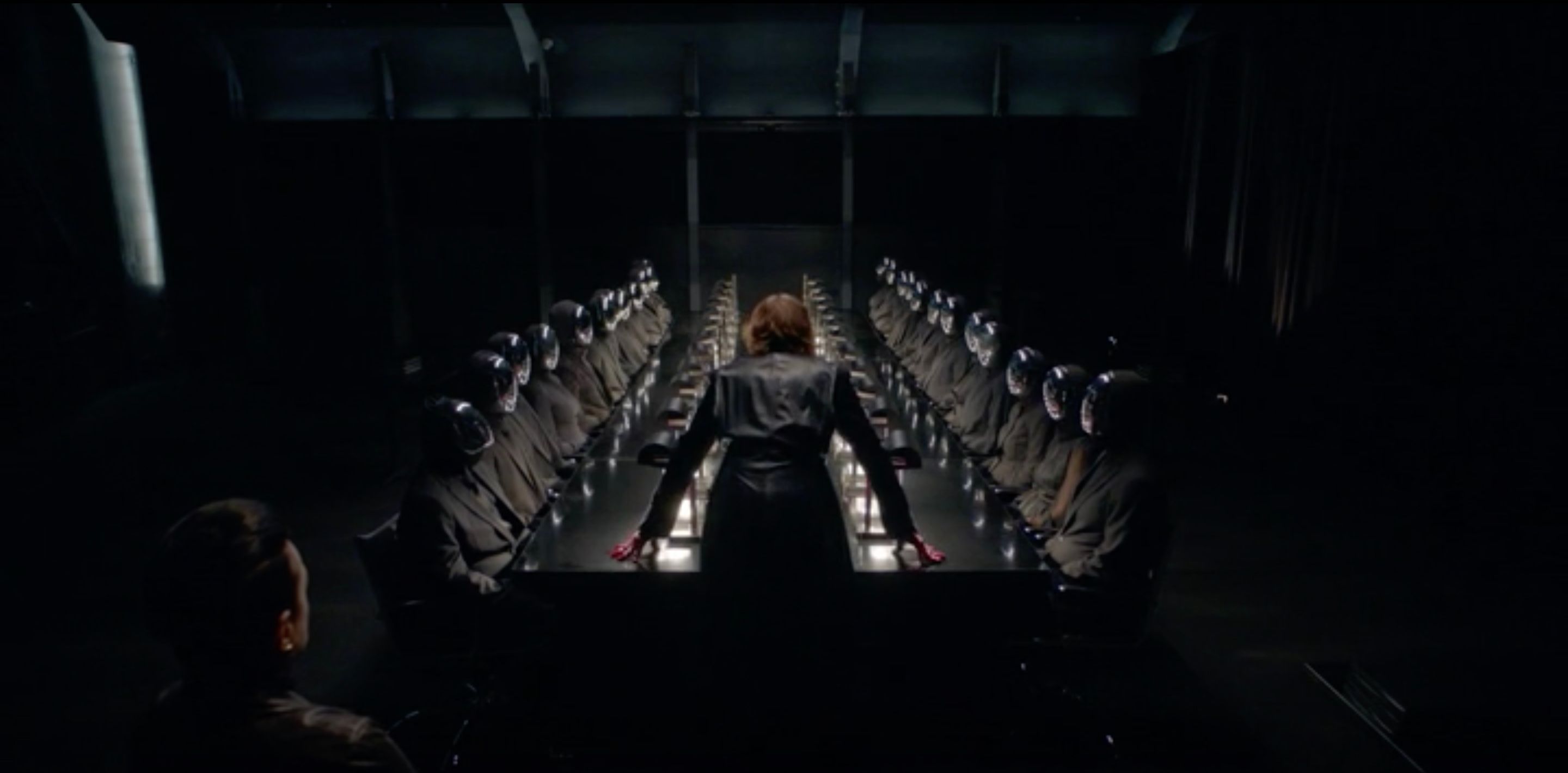
American Horror Story: Apocalypse definitely deserves a lot of points for the risks that it takes and the mounting body count that grows as the season goes on. However, when matters get to a particularly bleak point for the witches at the Robichaux Academy, it looks like their solution to saving the world is time travel of all things.
Time travel isn’t an inherently broken idea, but it’s such a lazy solution and opens up a real can of worms. What’s to stop more time travel from solving any future problem? This, and the season’s “identity spells,” feels like cheap moves in what could have been stronger solutions.
3 Saved: Seasons Crossing Over With Each Other (Apocalypse)
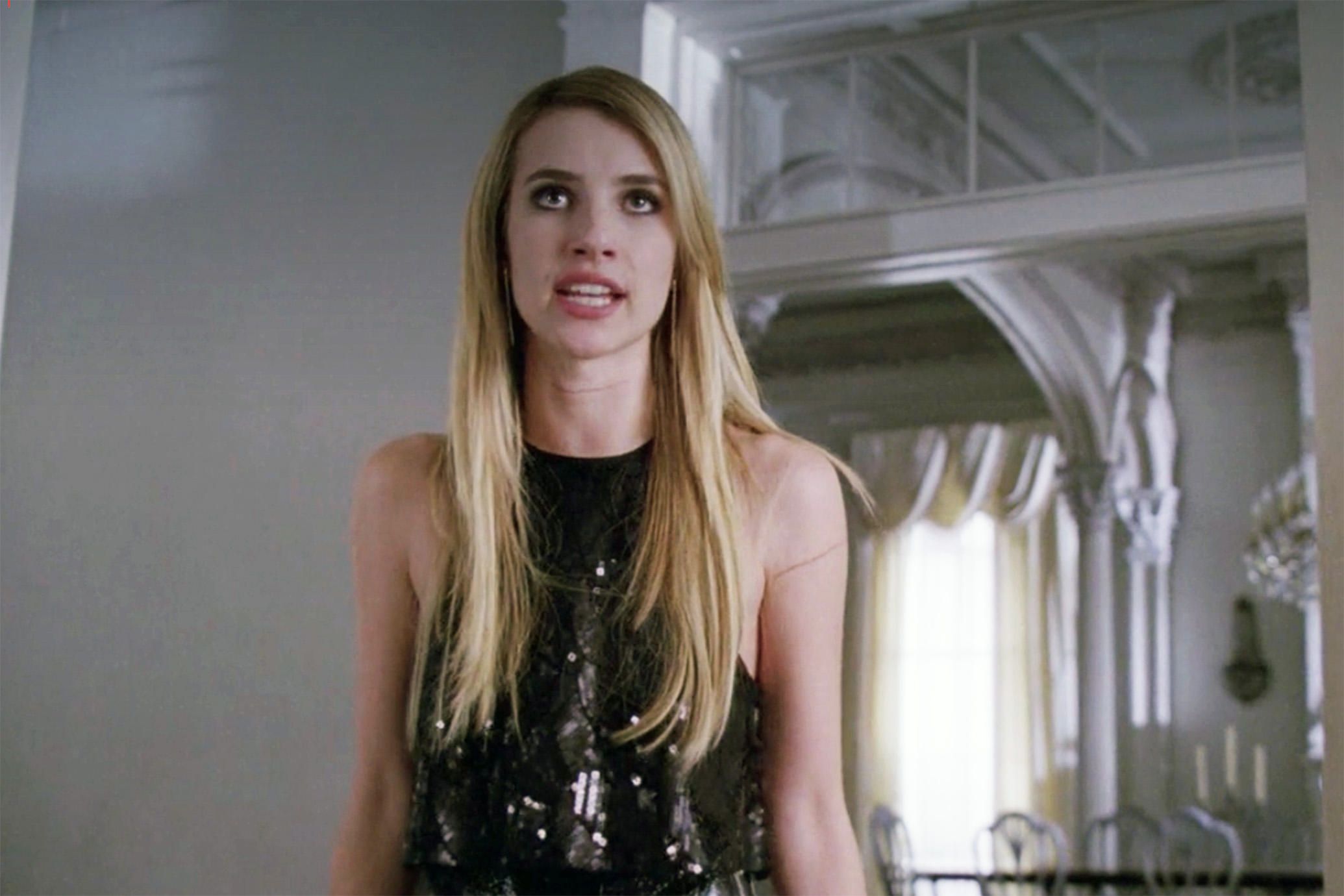
American Horror Story toyed with the idea of “crossovers” between seasons throughout its earlier years. Characters from certain seasons have appeared in other years and there have been light allusions in areas where it’s been appropriate. However, AHS: Apocalypse finally goes all-in with the crossover concept and mashes up the characters from AHS: Murder House and AHS: Coven— arguably two of the show’s more popular seasons. They even manage to fit in a little AHS: Hotel for good measure, too!
AHS: Apocalypse may not have been a complete success, but it was nice to not only get to spend more time with these old beloved characters, but also get a payoff on some long-brewing stories.
2 Hurt: The Redemption Arc Angle For Tate Langdon (Murder House, Apocalypse)
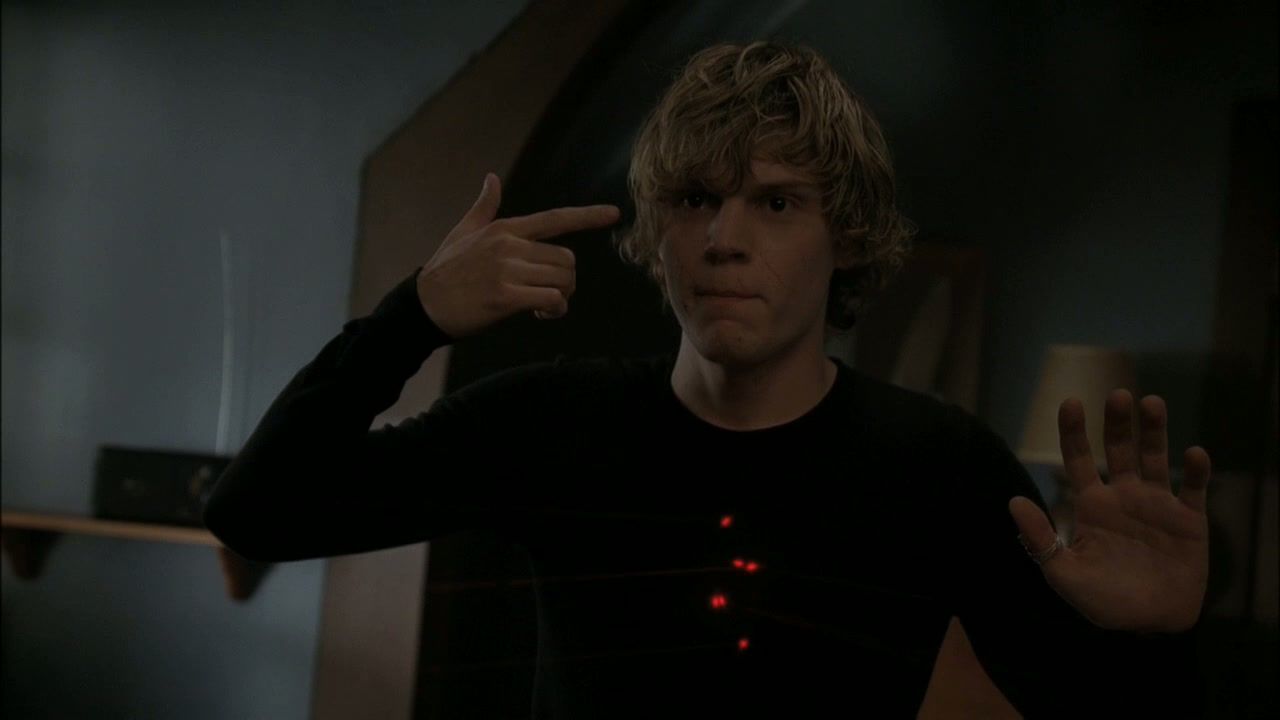
One of American Horror Story: Apocalypse’s most acclaimed episodes was “Return to Murder House,” which helped resolve a lot of lingering character arcs from the show’s very first season. There were certainly characters that deserved closure and peace, but Tate Langdon is definitely not one of them.
Many viewers have softened on Tate because he’s played by Evan Peters, but it should not be forgotten that he perpetrated a school catastrophe in AHS: Murder House. Even if he’s learned from his mistakes, he should still be at the bottom of the list of people who deserve a happy ending.
1 Saved: The Surprise Split Structure In AHS: Roanoke
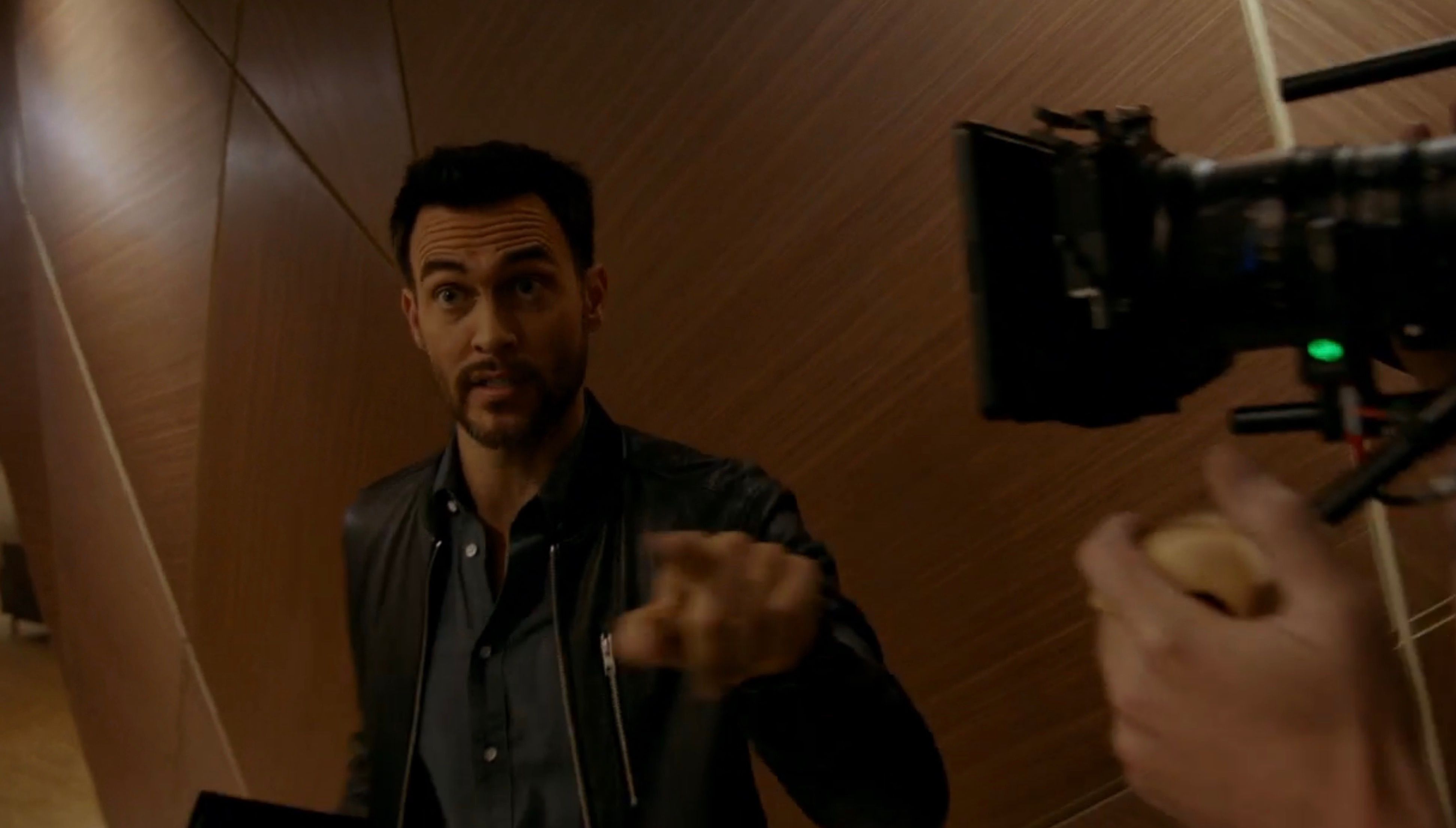
When American Horror Story’s sixth season was revving up, the show decided to keep audiences in the dark for a while. Not only were the season’s title and theme not disclosed until the premiere aired, but the casting information was also kept hidden. Additionally, halfway through the season, the documentary approach ended and the season shifts to a “new show” that consists of found footage, which incorporates actors from the first half of the season’s show-within-a-show.
It’s a very bold angle for the season to take, but it proves how creative the show can be and what a show like this is capable of.
--
When it comes to American Horror Story’s many storylines, these are the ones that we thought were the best and the worst, but what are your favorite and most reviled plots? Now’s your chance to sound off in the comments below!
from ScreenRant - Feed https://ift.tt/2Qv2ZUe


0 Comments